

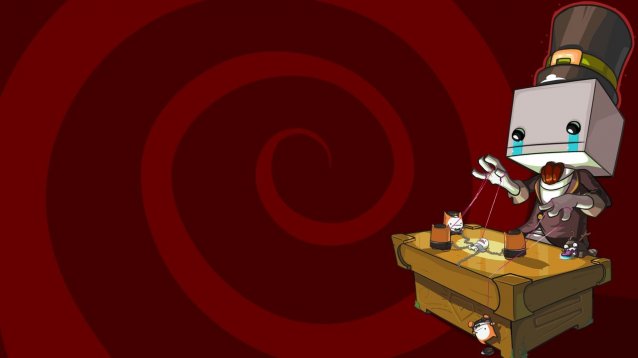
Last week marked the much-anticipated release of BattleBlock Theater, a fast paced side scrolling platformer from indie darling The Behemoth that pairs challenge and charm in one hilarious little package. The game was first announced back in 2009 and in that time has been finely tuned into one of the best high speed dashers you could ever hope to play, a virtual masterpiece in level design that maintains a brilliant balance between break-neck pacing and methodic puzzle solving. I got a chance to sit down and talk with one of the puppet masters behind this energetic and well polished title, Behemoth's lead level designer Aaron Jungjohann, who had a lot to say about the creative process behind it and how the team achieved their design goals. Read on!
Holly: Tell me about the games that inspired you going into the level design process for BattleBlock Theater: personally, I felt the game had a lot of elements of the Sonic the Hedgehog series, Mega Man, maybe a little Super Mario Bros., a friend of mine even made the comparison to Krusty's Fun House. Would you say these are fair observations?
Aaron: I would say so. Platformers are nearest and dearest to me as a gamer. When I was a kid I told my dad if he got me a Nintendo for Christmas, Super Mario Bros. will be the only game I ever need! I don't think he believed me but my dad was a gamer too so he got it for me. I was always a generation behind so I played Mega Man 2 before the original and Sonic the Hedgehog 2 before 1; I had to catch up with those later. The Krusty's Fun House one took me by surprise because I'd actually never played it before so after your review I went and looked it up on YouTube. The similarities were remarkable...platformers do have a lot of the same components but the pacing and the mechanics in there were so similar.
I like the comparison to Mega Man. Those damn disappearing blocks from Mega Man drove me crazy as a kid yet somehow I ended up using them a lot in BattleBlock Theater. I love how much it makes the players pay attention. Part of the reason the trial and error method works great in the game is that we don't punish the player [by forcing them back to the beginning of the level] when they die. I think of it as re-engaging the player when they have to stop and think about what they do next. And then they can go back to zipping through things.
HG: Going back to the flashing blocks, I think those brief moments of timing based puzzle solving are key in creating that sense of panic so integral to a side scrolling platformer.
AJ: Well I wanted to break it up because I feel like part of what makes platformers great is that they force you to make mistakes and then learn from them. With Castle Crashers and a lot of games these days, there's a lot of character building aspects added with RPG elements; the character improves over time. In a platformer your character didn't get better, YOU had to get better.
To that effect I wanted to make sure that the player is properly trained over time, and that was a big part of my job over the 100 or so levels, to train and prepare you to do these awesome things. What makes BattleBlock Theater unique is that in terms of level design, the platforming mechanics are tied to the environment, not the character. Going back to the Sonic reference, in those games the speed was tied to the character himself, and while there were things in the environment that augmented that speed, it was his abilities, not the abilities of the environment, that determined how you maneuvered through the level.
Compare that with BattleBlock Theater, where we have very precise controls, but when I want to, I can place a fan block next to an ice block and I can send you faster than the camera can catch up. Seconds later I can slow it down and have you doing something a little more thoughtful, get your mind back into it a bit more, and then thrust the player back into the twitch stuff again. It's really cool because I was able to go back and forth between that Sonic-style, break neck speed, all over the place thing and then slow it down and make you take your time and think like in Mega Man.
HG: Part of the triumph of the fast paced flow of the levels undoubtedly lies in the tight controls. I imagine that must have taken an enormous amount of communication between yourself and the rest of the team.
AJ: Absolutely. Sometimes the smallest tweak would throw the entire experience off. Everything was so fine tuned that if you even slightly shortened how much movement there was in the lateral jump it would destroy half the puzzles in the game. That actually happened once. Once small "fix" broke a lot because everything is so intertwined.
I was a big fan of the momentum based, speed up/slow down platformers like Super Mario Bros. but because we have so much control over the environment, it's best that those things are localized around you, so that you can react to what's going on in the level and also respond to the chaos by knowing where your guy will be and that he'll stop on a dime. We wanted our control system to be transparent and reliable to make the learning process easier.
I gotta say one of the other things that was cool about the team I worked with is that each of us had our own styles. While I was more of the "deliberate puzzle guy", one of our other guys is more a core platformer Sonic the Hedgehog type, creating automated pinball systems and secret rooms and that sort of thing. Sometimes you'll have players bouncing around, flying through the level real quickly and I always appreciated those sequences, but I wanted to make sure we didn't take away too much control from the player. A lot of the times in Sonic the Hedgehog you'd feel like you didn't even really do anything. It was always about getting the perfect run and memorizing the best layout of the level. One thing we did was to make sure that none of our fast sequences ended at a checkpoint or exit block, we wanted to make the player go get that themselves so it wouldn't feel like it was handed to them.
It's been interesting and eye opening to see the rules we've imposed on ourselves over the years to now see what happens in the community with "anything goes". We're getting a fresh experience, perhaps not as polished of one, but we're getting the full gamut.
HG: How much did the fans play a role in the testing process? How did observations made on the convention show floor help to shape the end content of the game? I know you have played personally with a lot of people.
AJ: It was hugely useful. At first I had no idea what to expect from people; [during early development] platformers had only just came back with Super Meat Boy and Braid. One of our mission statments is that we wanted BattleBlock Theater to be as approachable as Castle Crashers and puzzle plaformer and approachability often don't go hand in hand. I was wary about throwing too much at people.
So it's interesting, we were doing our first trade show and decided that for the event we were going to showcase the story levels. At that point I'd created about half the levels for the story mode, and I was looking for stuff to show off but I was struggling to find something that was easy but dynamic. I really wanted to ramp it up and wow people who came to the show and played the game. So I ended up going back and jazzing up a few select levels and thought, this will be kind of a test run, if this the game is too hard for people, then it's too hard, and we will have learned that.
It may have been sensory overload for some, trying to figure out what the blocks did, but it was clear that with the increased difficulty level, the game was more fun. Even if they were dying more often than with the original level design, they were getting to see that wow factor that I wanted. As I watched them play and figure out the game's various mechanics, I realized I'd underestimated player intuition.
At that point I went back and effectively started back at level 1-1 and redid almost the entire campaign based on what I'd seen on the show floor. I scaled it up, trusting player intuition and their ability to learn. Every few levels, I threw in something fresh so the player is always incorporating something new. Then about half way through the game, I shifted the focus to new interactions between the blocks rather than introducing new block types. [With the scaled-up redesign] it was great to see that I could get people to the fun parts of the game much quicker.
I notice that with the reviews, opinions on the difficulty level were kind of all over the place. Some think the first few chapters were too easy, some immediately satisfied, some think they're hard. I think at the end of the day most people fall within that mid range. I noticed that of the reviewers who said the game was too hard, they always said that they felt their death was fair, that when they died it was their fault.
One way we faciliated that was adding the warning signs. Since the game has more verticality than most platformers, there's a lot more potential for blind hazards; you can easily fall off a cliff into spikes and that's it! We became aware of that dynamic because of player testing and thus compensated for it. I didn't want the amount of hazards to overwhelm a kid and his dad after only an hour of playing, I want to give them a few hours before things start getting ramped up.
HG: What has been the most rewarding aspect of the development process over the course of the past four years?
AJ: I used to creat scenarios for MMOs at Sony and so I got to create online scenarios that players would go through but I would never get to see them experience it; it was very one sided experience where I put my creativity out there but never got any feedback from it. Whereas going to a trade show for the first time I got to see people playing the stuff I'd worked on and see them enjoy it. I'm still getting a kick out of the Let's Plays [of BattleBlock Theater] that are going on YouTube right now, some are so good and hilarious. I love seeing people get in the spirit of the game. We definitely try to be a bit pranksterish with the level design and I love that people are getting into it and having these gotcha moments that we had with each other when we played. From an early age I would do table top role playing games, creating scenarios just to see my friends have fun, and it's like this is one giant pay off of those moments.
And can you ask for a better team of people to work with, a development group more dedicated to fun? Everybody here isn't here to recreate a genre, they just really wants to laugh and have fun making a game with their friends. I'm so glad I had a chance to work with these amazing people, and the chance to get such direct feedback on my work and see people make the things I've worked on... I couldn't ask for anything more.
Stay tuned for the second part of this interview, where Aaron and I discuss the narration and comedy of BattleBlock Theater, the future of the game's DLC, and what the studio is working on in the meantime.
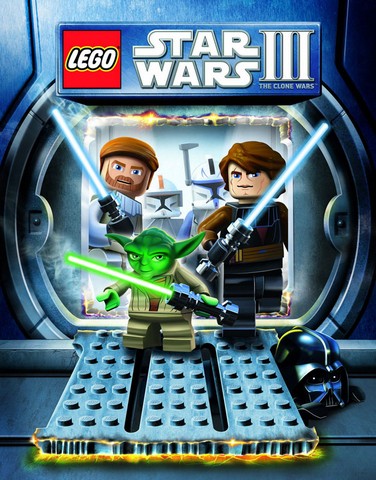
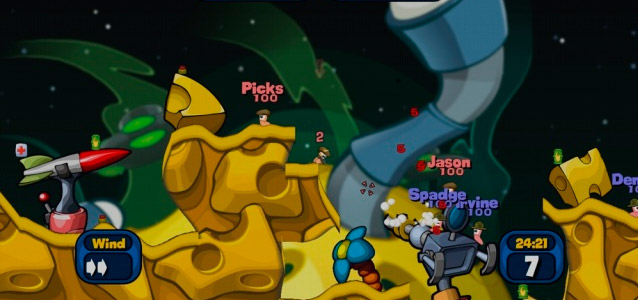
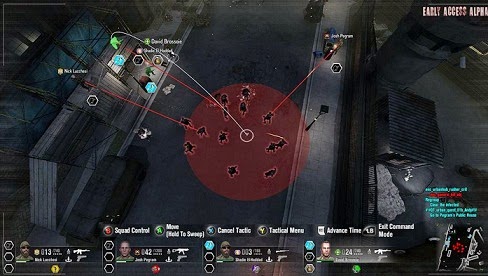
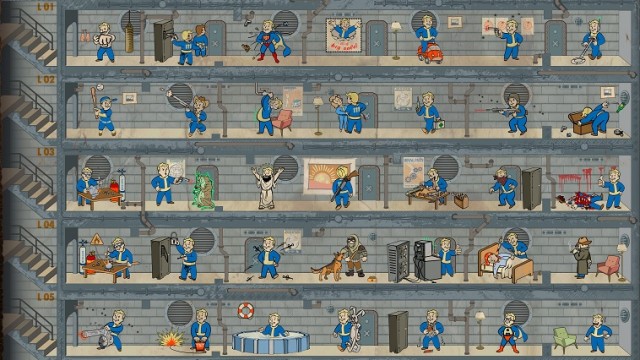
 Jewelry Escape 3 Walkthrough
Jewelry Escape 3 Walkthrough Sword Art Online: Lost Song - How to Switch
Sword Art Online: Lost Song - How to Switch Rayman Legends Wiki .
Rayman Legends Wiki .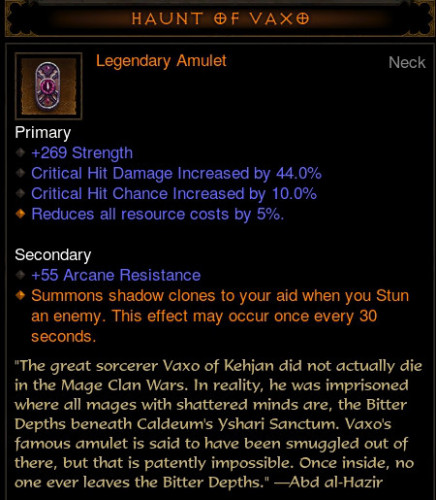 Why The Diablo 3 'Loot 2.0' Patch Makes The Game Awesome
Why The Diablo 3 'Loot 2.0' Patch Makes The Game Awesome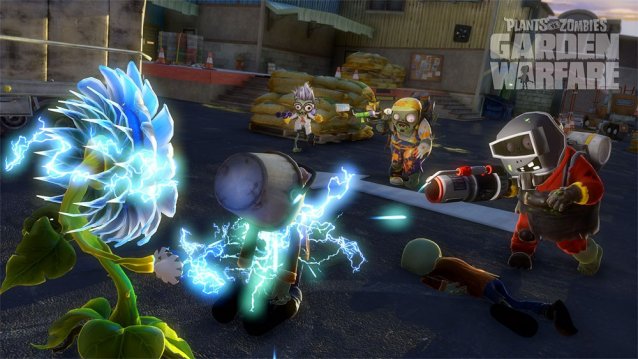 Review: Plants vs. Zombies: Garden Warfare (Xbox One)
Review: Plants vs. Zombies: Garden Warfare (Xbox One)